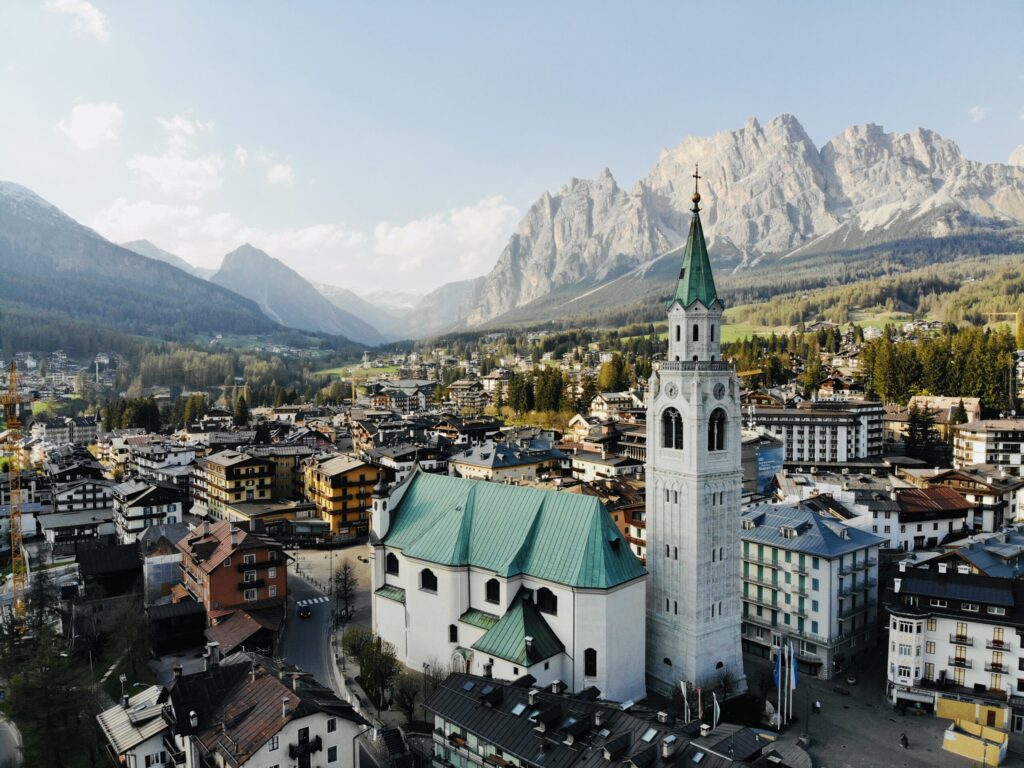Cortina for All: accessibility and inclusion at the heart of the new PEBA
City Council approves the Architectural Barriers Elimination Plan: more than 2,000 critical issues mapped and a multi-year roadmap for a more accessible Cortina for citizens, tourists and athletes, ahead of the 2026 Paralympics and beyond.
Tipologia di contenuto
Manifestazione

The Cortina d’Ampezzo City Council on July 30 approved the Plan for the Elimination of Architectural Barriers (PEBA), a valuable programmatic document that will guide the Administration’s choices in the coming years. It is an in-depth work, drafted by architect Stefano Maurizio, who surveyed 2,097 critical issues in the municipal territory, elaborating concrete solutions to overcome the obstacles that still limit the full use of public spaces. The total value of the estimated interventions is about 8.5 million euros, which will be spread over several years: not a project to be implemented in a few months, but a real 10-year roadmap to make Cortina progressively more accessible and inclusive.
Some work is already underway: the sidewalks in front of the Ice Stadium and those on Via Bonacossa are being resurfaced, while work will also begin shortly on the sidewalks on Ponte Chiesa near the Alexander Hall traffic circle. Additional worksites will follow in different areas of the village, again with the aim of improving walkability, eliminating steps and unevenness, ensuring continuity in pedestrian paths and facilitating access to buildings and public services. The priorities identified will focus on the places most frequented by citizens, the elderly, families and tourists, as well as the areas affected by the 2026 Paralympics.
To carry out the interventions, the municipality will be able to rely on two important tools. The first is the
Mayor Gianluca Lorenzi, Deputy Mayor Roberta Alverà – promoter of the “Cortina for All” project – and the entire Council emphasize that the PEBA is not just a regulatory fulfillment, but a cultural and social commitment: making Cortina accessible means ensuring equal opportunities for movement and participation in community life. The Plan looks not only to the 2026 Olympics and Paralympics, but to the very future of the territory, with the goal of leaving a concrete and lasting legacy for citizens and guests.
Interventions included in the Cortina d’Ampezzo PEBA.
(broken down by priority and timeframe for implementation)
Short-term priorities (2025-2026)
- Resurfacing of main sidewalks in major rush areas: in front of Ice Stadium, Bonacossa Street (both sides), Church Bridge – Alexander Hall traffic circle.
- Elimination of steps and height differences on pedestrian sections near schools, public offices and sports facilities.
- Targeted interventions ahead of the 2026 Paralympics to ensure accessible routes to Olympic facilities and areas.
- Small works executable by municipal workers (temporary ramps, localized accommodations, signage and tactile paths).
Medium-term priorities (2026-2028)
- Progressive upgrading of secondary sidewalks in villages and residential neighborhoods.
- Accommodation of access to municipal buildings, schools, sports and cultural facilities.
- Construction of permanent ramps and barrier abatement near squares, parking lots and bus stops.
- Use of framework agreement for sidewalk maintenance to speed up operations.
- More complex work to be outsourced to specialized firms (e.g., in constrained areas or with hydrogeological issues).
Long-term priorities (2028-2032)
- Adaptation of more peripheral and less frequented public areas.
- Structural work on listed buildings and historic spaces, requiringpaeservation and environmental permits.
- Implementation of a cyclical maintenance program to ensure the effectiveness of completed interventions over time.
- Extension of accessibility actions to inclusive tourism: nature trails, paths and recreational areas.
Note to citizens
The PEBA is not a list of immediate works, but a 10-year guide. The order of execution takes into account: urgency of critical issues, frequency of use of areas, needs related to Olympic and Paralympic events, and available economic resources year by year.